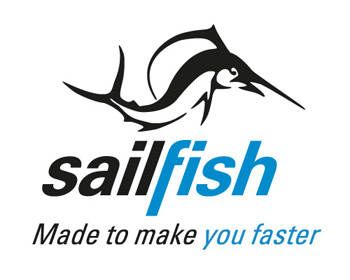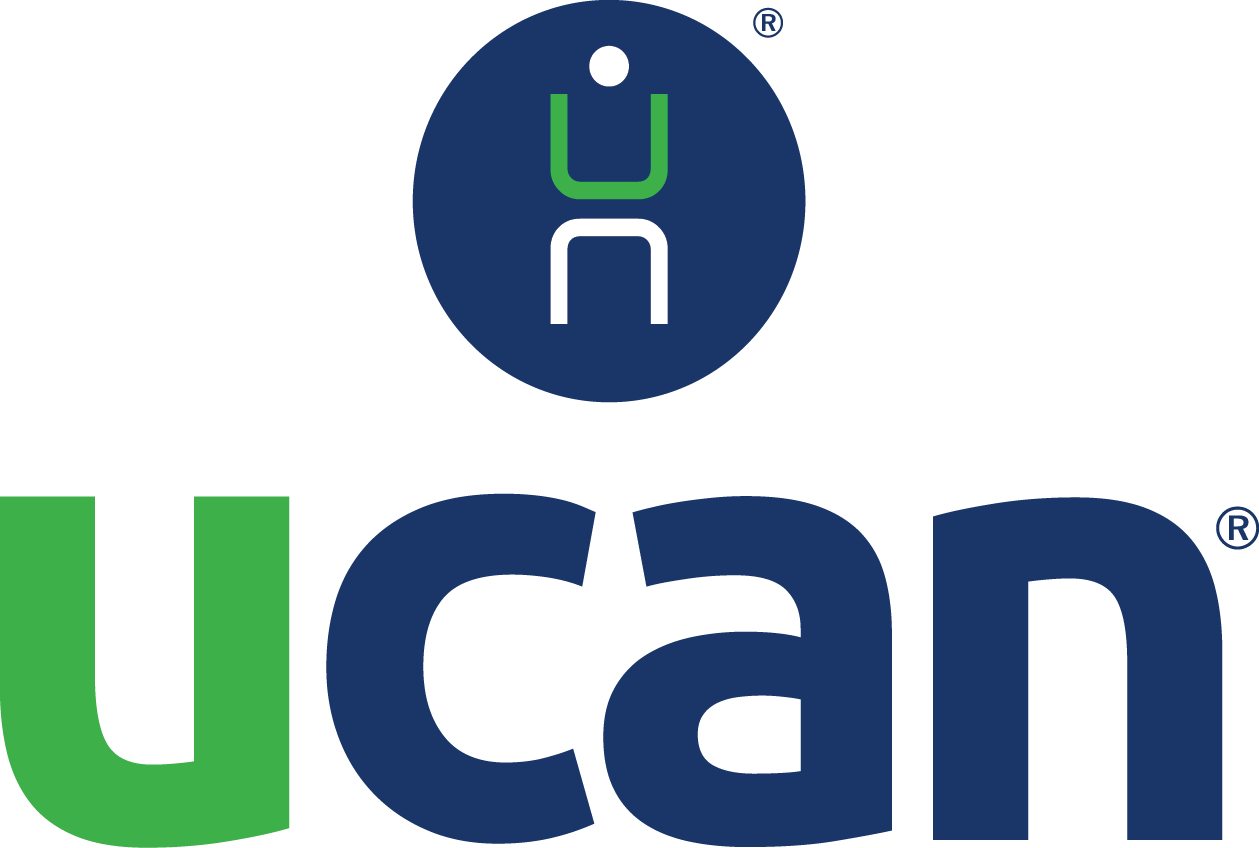
For many swimmers, particularly those who have never swam on a team or had formal swim instruction, swimming can be a little intimidating. Just reading the workout can be tough if you don’t know the “language”! Here we explain some basic swim terminology that will help you understand how to read our posted swim workouts in Training Peaks.
Key:
Swim: Freestyle unless otherwise noted VIDEO
Kick = kick only! No arms. You can do this with or without a kickboard. VIDEO
Pull = arms only! You can place a pull buoy in between your legs if one is available. VIDEO
Drill: Sometimes we will post a particular drill (ie. Catch Up Drill, Fingertip Drill, Sighting), and other times we’ll just post “drill” and you can work on a drill of your choice. We demonstrate some common swim drills on our How-To Video Page. Other videos can be found on YouTube or other Swimming Resources.
Pool Length:
It’s important to find out how long your pool is. Most standard pools are 25m (or 25 meters) long. Some pools are measured in yards (which is slightly longer than a meter). Some pools (such as Riverbank State Park) are 50m long. Many pools in NYC are much shorter than your standard 25m pool and may only be 12 or 15 meters (or an irregular distance like 22 or 23m long). The workouts we post are based on a 25m pool. You many need to adjust the workout accordingly based on the length of your pool.
25m = 25 meters (1 length at John Jay College or 1/2 a length at Riverbank State Park)
Rest Intervals:
15′ = 15 seconds rest
ie: 4x 50 (15′) means swim 50 meters (or 2 lengths in a standard a 25m pool – aka “there and back”), 4 times. After each 50 you’ll take a 15 second rest before starting the next interval.
Build:
Build by 25m means go slightly faster each length of the pool.
ie. 4x 100m, build by 25 (15′) = 100m (4 laps), where you start slow and each lap gets faster and faster. After 4 laps (or 100m), take a 15 second break.
Descend:
Each lap gets slower
ie. 3x 100m, descend by 100 (10′) = 3x 100 meters (12 laps) where your first 100m is fast, and each 100m thereafter is a little slower. (10 sec rest between each 100)
Tread Water:
If your pool has a deep end, go to where you can’t stand and tread water. If your pool does not have a deep end, skip this exercise! A great drill for triathletes, since you’ll often have to tread water in a race.
Ladder:
A set where your intervals get longer and then shorter.
ie. 25m, 50m, 75m, 100m, 75m, 50m, 25m (1 lap, 2 laps, 3 laps, 4 laps, 3 laps, 2 laps, 1 lap)
Hypoxic Breathing (ie. Breath control training)
Popular sets usually require athletes to limit their breathing once every five, seven or nine strokes during a repeat distance or throughout a set. A more extreme version of hypoxic training involves “no-breather” 25s, or limiting your breaths to only 4, 3, 2, or 1 per lap.
Open Water Swim (OWS)= Swimming in a body of water that is not a pool. For example a lake, bay, ocean or river. This kind of training is very beneficial to triathletes because most races are conducted in open water.
WU = Warm Up
CD = Cool Down
Your warm up and cool down are always done at a nice comfortable pace where you’re in control of your breathing. If you wish to do a different stroke (like breast or back stroke) its totally fine (unless otherwise noted)
TT = Time Trial. A test where you go a set distance as fast as you can and record your time.
Additional information about our group training schedule including what to bring & where to meet for our group swim workouts can be found here: https://empiretriclub.com/group-training-information/




Who want to learn swim new this article really helpful.I think that is the proper way. Thanks friend for your effectual article. Few day’s ago I met a swimming plan provider company. I also verify the website same way.